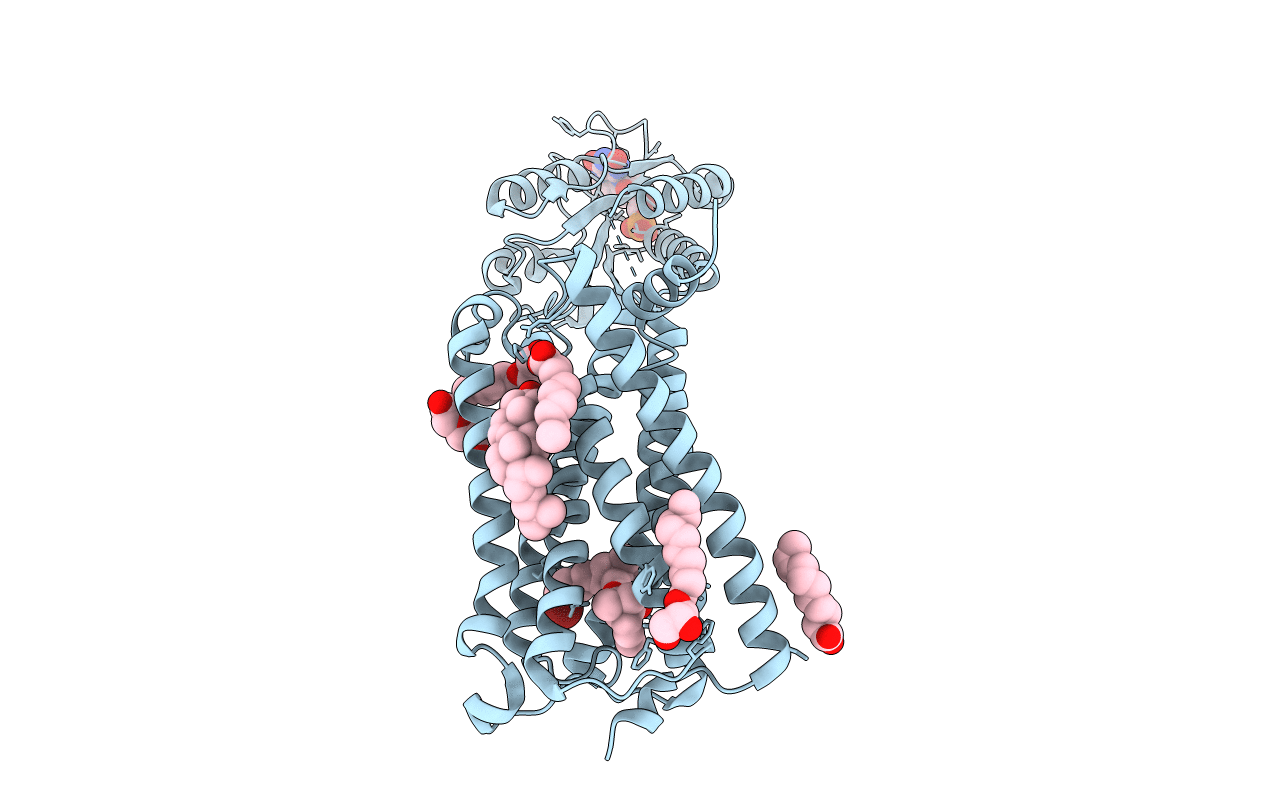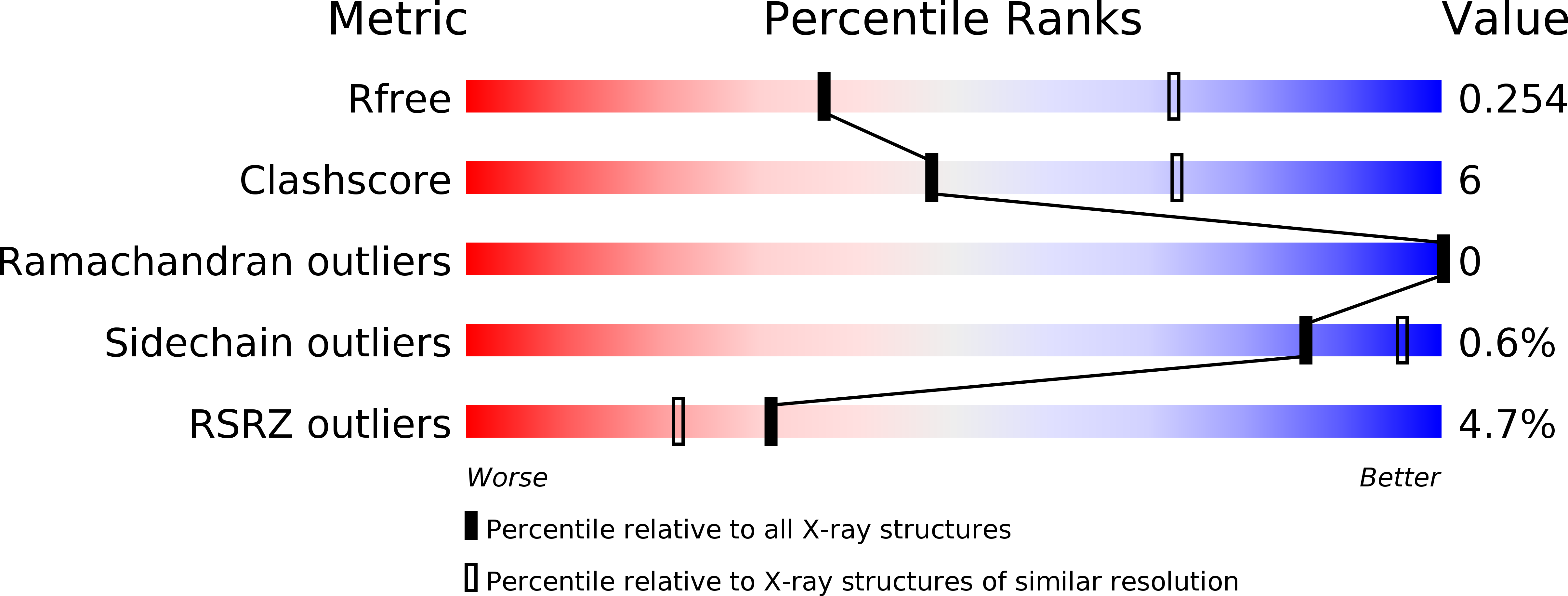
Deposition Date
2017-06-08
Release Date
2017-07-12
Last Version Date
2024-11-20
Entry Detail
PDB ID:
5XRA
Keywords:
Title:
Crystal structure of the human CB1 in complex with agonist AM11542
Biological Source:
Source Organism:
Homo sapiens (Taxon ID: 9606)
Desulfovibrio vulgaris (strain Hildenborough / ATCC 29579 / DSM 644 / NCIMB 8303) (Taxon ID: 882)
Desulfovibrio vulgaris (strain Hildenborough / ATCC 29579 / DSM 644 / NCIMB 8303) (Taxon ID: 882)
Host Organism:
Method Details:
Experimental Method:
Resolution:
2.80 Å
R-Value Free:
0.25
R-Value Work:
0.23
R-Value Observed:
0.23
Space Group:
P 21 2 21


